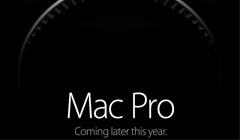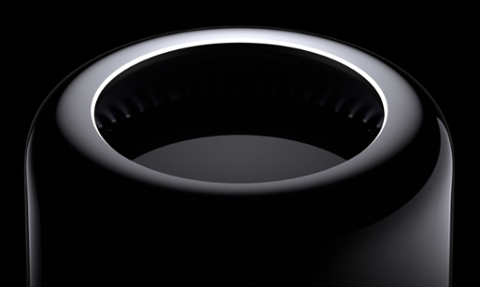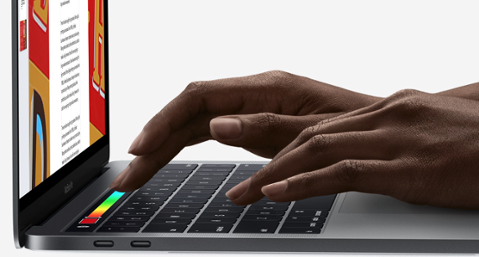Apple has lifted the lid on its completely redesigned Mac Pro. In spite of the chorus of “oohs” and “aahs” that greeted the unveiling of the high-powered cylindrical computer at this year’s WWDC, it will almost certainly be Apple’s least significant product of 2013. The trouble with Mac Pros -- and not just this version -- has always been their price. Their appeal lies with a limited number of designers and video editors who can and will pay the Apple premium. If the baseline price jumps with the new Pro, as many suspect it will, we can expect the entry level models to demand a higher premium. But there are other reasons to expect a tepid consumer response.
Complex Guts
The 2013 version's cost will have little to do with the fancy case and everything to do with what’s going on under the hood. As of now, the confirmed specifications include:
- Dual Gigabit Ethernet
- HDMI 1.4
- Thunderbolt 2.0 (six ports) with DisplayPort 1.2 support for up to three 4K displays
- 802.11ac wireless
- Bluetooth 4.0
- 1866MHz ECC RAM
- PCIe-based flash storage
- Dual AMD FirePro GPUs with up to 6GB of VRAM
This last item is a big part of the problem. While there are a few advantages to the professional-grade video card options offered by AMD and NVidia, for the vast majority of users – even many professionals -- higher-end gaming-grade stuff does just fine. In this case there are two boards that one must purchase. That will almost certainly raise the cost of the entry-level model. The cylindrical case is an issue in and of itself. It looks fantastic, but there's a reason why computer cases are rectangular boxes: They’re used to house rectangular components. Apple has performed a few interesting tricks to get the motherboard and cards into the case, but not without consequences. The biggest of these is upgradability. The easiest way to squeeze more performance out of an aging system is to upgrade its video cards. The Mac Pro’s cylindrical case will prove an obstacle for even the most technically competent of users. Where are we going to get the cards and how much extra are we going to have to pay for them? The case measures 6.6 x 9.9 inches, so clearly a significant amount of customization is involved to get the cards and motherboard to fit together into the their tiny enclosure.
Growing Pains
Lack of upgradeability is one issue, lack of expandability is another. To be fair, the Thunderbolt 2.0 ports do give the new Mac Pro plenty of potential – albeit costly -- options. Thunderbolt 2.0 RAID devices aren’t cheap, but they’re a great way to go if you don’t have enough internal storage. And you won’t, since the Mac Pro only offers Flash storage. One of the big pluses of working with a full-sized desktop is being able to have the best of both worlds – you run the OS and core programs off a solid state disk and use one or more hard disks for everything else. With the new Mac Pro, you can only have that luxury if you plug in an external drive. Another feature that is conspicuous by its absence is the optical drive. While most users can get away without one, the drives are pretty much essential for a good percentage of the Mac Pro’s market base. Though the first thing people think when they hear “video editing” is someone stitching together a feature length blockbuster, the vast majority of video editors deal with much shorter fare -- think weddings, events, school plays and that kind of thing. Do you hand over that sort of data on a portable hard drive? Usually not.
The Verdict
The 2013 Mac Pro is a highly capable machine, and Apple certainly didn’t skimp on the hardware. But it looks like a massive case of form over function. Apple has built a stunning device but has sacrificed a lot of convenience in the process. On its own, the machine will be expensive. Of that much we can be sure, given that the entry point includes two FirePro boards. However, the expenses don’t stop there. The Thunderbolt accessories needed to accomplish relatively common tasks will be add a more substantial burden. The trouble for current Mac Pro users is that many of them are heavily invested in software. This severely limits options and leaves them with the unattractive prospect of purchasing new versions and dealing with a new OS. (This is perhaps the only silver lining to Adobe’s decision to make its Creative Suite subscription-only: It makes it jumping ship less expensive). The 2013 Mac Pro looks fantastic but the price of both the machine and the options for expanding its capabilities via Thunderbolt will make it a losing proposition for most people. As far I can see, the only reason to buy it is if you already own a lot of Thunderbolt peripherals or are heavily invested in really expensive software. Don’t drink the Kool-Aid. Image: Apple


